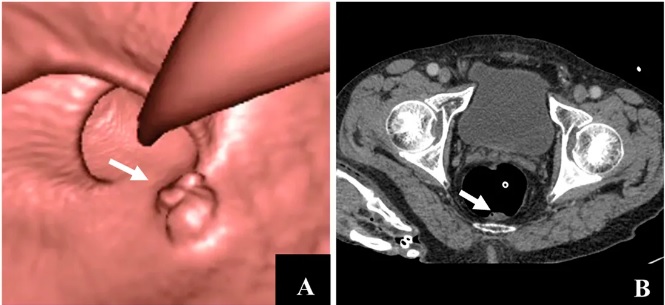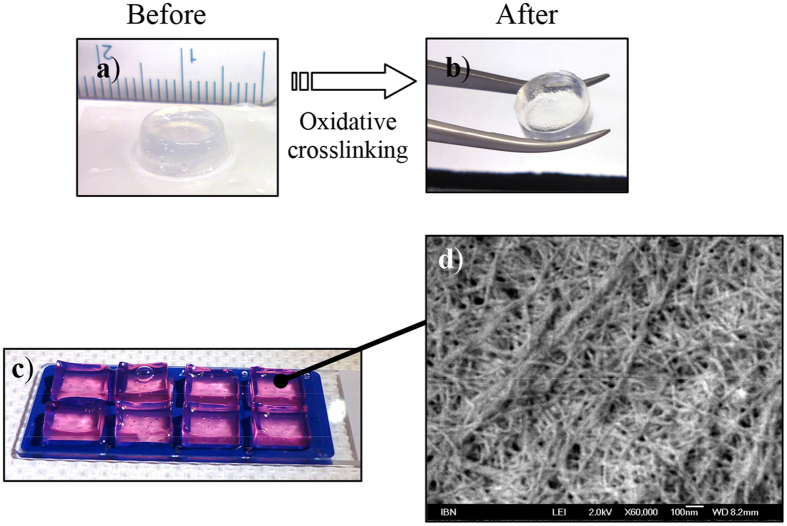CT Colonography Demonstrates Superiority Over Stool DNA Testing for Colorectal Cancer Screening

Recent research published in the Journal of the Radiological Society of North America indicates that computed tomography (CT) colonography is both more cost-effective and clinically superior to multitarget stool DNA (mt-sDNA) testing for colorectal cancer screening at the population level. The study, led by Dr. Perry J. Pickhardt, John R. Cameron Professor of Radiology and Medical Physics at the University of Wisconsin School of Medicine and Public Health, highlights the growing relevance of CT colonography as a non-invasive alternative in light of increasing colorectal cancer rates among younger adults.
Colorectal cancer ranks as the second leading cause of cancer-related mortality globally, underscoring the urgency for effective screening methods. Standard practices involve direct examination of the colon and rectum, allowing for the early detection and removal of precancerous polyps, which is crucial in reducing late-stage treatments and their associated costs. In response to alarming trends, the United States Preventive Services Task Force (USPSTF) now recommends initiating screening at age 45, a significant shift aimed at early detection.
Dr. Pickhardt noted, “Conventional optical colonoscopy remains the dominant screening test in the United States; however, it is often the most expensive and invasive option.” With recent expansions in Medicare coverage, there has been increased access to less invasive screening modalities, including mt-sDNA testing and CT colonography. The latter utilizes imaging technology to visualize polyps and tumors within the colon non-invasively.
The study employed a Markov model to simulate colorectal disease progression among 10,000 individuals starting at age 45, following a strict adherence to screening guidelines until age 75. The results revealed that without screening, approximately 7.5% of the cohort would develop colorectal cancer. Both screening strategies—CT colonography and mt-sDNA—demonstrated significant reductions in disease incidence; however, CT colonography achieved a 70-75% reduction, compared to 59% for mt-sDNA.
Cost-effectiveness was evaluated in terms of quality-adjusted life-years (QALYs). The incremental cost for mt-sDNA testing was nearly $9,000 per QALY gained, which remains below the widely accepted threshold of $100,000. In contrast, CT colonography was found to be cost-saving compared to no screening at all. The study further explored a hybrid approach, recommending three-year intervals of CT colonography for monitoring small polyps (6-9 mm) while reserving colonoscopy referrals for larger lesions (≥10 mm). This strategy provided an optimal balance between cost efficiency and clinical effectiveness.
“Among safe, minimally invasive options, CT colonography is more effective in preventing and detecting colorectal cancer at a lower overall cost than stool DNA testing,” Dr. Pickhardt emphasized. Furthermore, this imaging technique can simultaneously screen for other conditions such as osteoporosis and cardiovascular disease, adding to its value as a comprehensive screening tool.
The implications of this study reinforce the case for broader adoption of CT colonography within national screening programs, particularly as healthcare systems evaluate resource allocation and patient comfort. As colorectal cancer continues to pose a significant public health challenge, the findings advocate for an urgent reevaluation of current screening practices to incorporate more effective and efficient methods like CT colonography.
In conclusion, the shift towards incorporating CT colonography into routine colorectal cancer screening could lead to substantial improvements in early detection rates, ultimately reducing the burden of this prevalent disease. Moving forward, healthcare policymakers and practitioners must consider these findings in the ongoing efforts to enhance colorectal cancer screening and prevention strategies.
Advertisement
Tags
Advertisement





